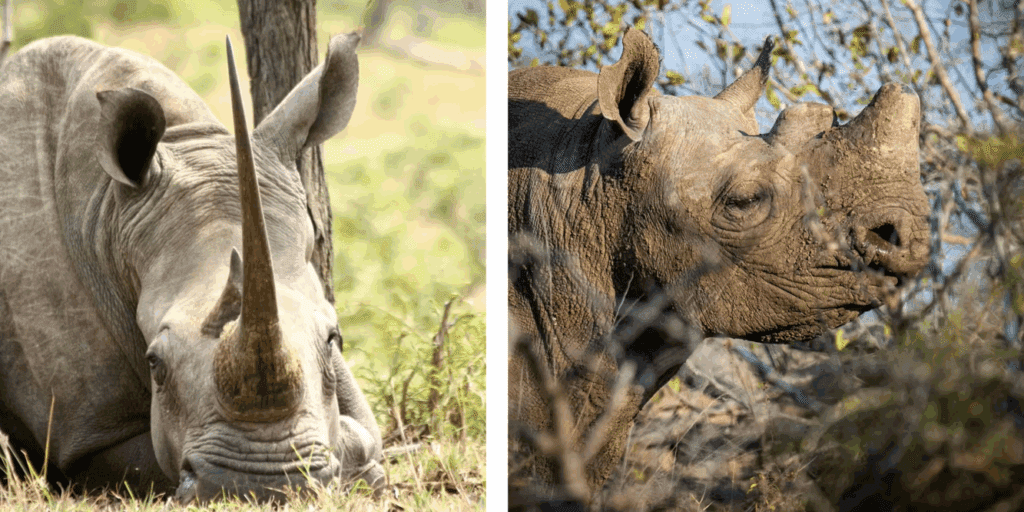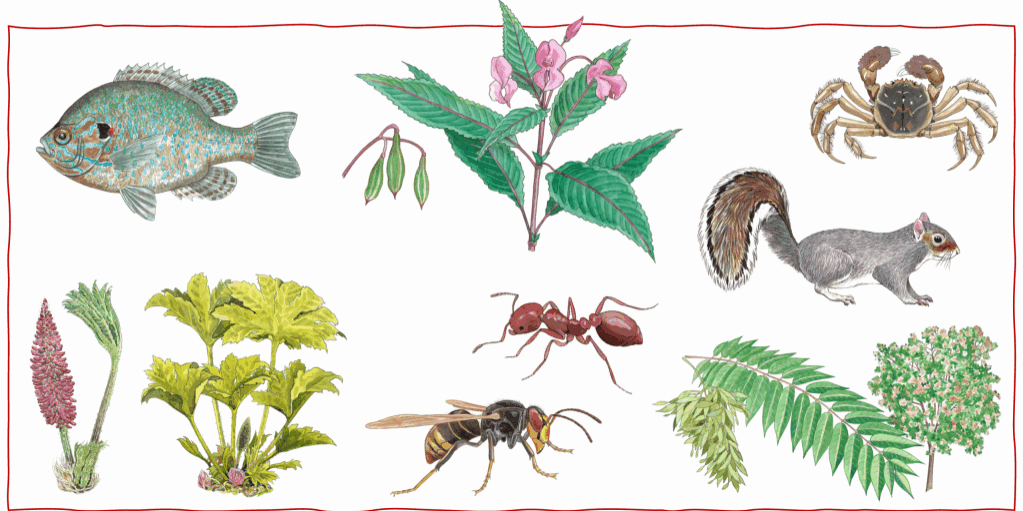New non-English language studies database: increasing the availability of conservation evidence
Kate Willott is the Conservation Evidence Research Assistant and Administrator, and Tatsuya Amano is an Australian Research Council Future Fellow based at the University of Queensland, Australia
Helping us work towards more effective global conservation
We are delighted to announce that we have now launched our non-English language database of studies testing conservation actions on our website. This forms part of our freely available Conservation Evidence resource of systematically-gathered evidence designed to help support conservation management or policy decisions.

This is incredibly exciting progress towards incorporating the scientific evidence available in languages other than English into global, evidence-based conservation. As we have previously shown, around 36% of the scientific literature on biodiversity conservation is published in non-English languages (Amano et al. 2016). These studies can help fill gaps in the available English-language evidence both in terms of geographical coverage and the number of species covered.
Our inclusion of non-English language studies on the Conservation Evidence website has been made possible thanks to the translatE project (transcending language barriers to environmental sciences) run by Tatsuya Amano, University of Queensland, Australia (previously University of Cambridge). See Tatsuya’s recent blog for more information about the project and its findings.
How did we do it?
An army of collaborators, recruited by translatE, identified 365 journals related to ecology and conservation for 16 languages (Arabic, French, German, Hungarian, Italian, Japanese, Korean, Traditional Chinese, Persian, Polish, Portuguese, Russian, Simplified Chinese, Spanish, Turkish, and Ukrainian). They then systematically screened over 400,000 peer-reviewed papers published in 326 journals spanning 30 countries that tested the effectiveness of conservation interventions, using the same selection criteria used by the Conservation Evidence project (https://www.conservationevidence.com/). By the end of the first stage of the translatE project, 1,234 studies had been identified as being relevant – we have made these studies, as well as some additional studies that we had already identified, available through our non-English language database.
Using the database
You can view the list of non-English journals which have been systematically searched here. Clicking on the column titles for journal name or language will allow you to sort the list.
In the catalogue of non-English studies you can choose to view only those studies from a particular language by selecting the language from the Refine panel on the left-hand side of the page. Alternatively, you can search for a keyword which might appear in a citation, e.g. a species name. In addition, the list of studies can be sorted using the options at the top of the list.

Once a study has been summarised for a synopsis of evidence for a specific species group or habitat, you can click on the citation and it will take you to an individual study page where you can read the summary and click through to the associated action page. On the action page you will be able to read summaries of other studies that tested the same action for the same species group or habitat and view the effectiveness category that our expert assessors have put the action in. The majority of non-English language studies have not yet been summarised, but we are working on that!
We still have work to do!
Our aim is to eventually provide a short summary for each study in the non-English database, in the same form as for those in the main Conservation Evidence database, i.e. a brief description that provides the background context of the study, the conservation action(s) tested and the outcomes of the action. Studies can then be incorporated into new synopses or into updates of already-published synopses.
In addition, Conservation Evidence is keen to expand to other languages as much as possible. Recent results published by translatE show how important it is to use non-English-language knowledge more effectively at the international level and reduce English-language barriers to facilitate the use of English-language knowledge in local decision-making. There is a large amount of relevant information in journals that publish articles in languages other than English which we have not yet reached.
We would like to thank all the collaborators who have made this work possible and who have helped us to increase the accessibility of non-English-language evidence for more effective conservation of global biodiversity.
Further reading:
Amano, T., González-Varo, J. P., & Sutherland, W. J. (2016). Languages are still a major barrier to global science. PLoS biology, 14, e2000933.
Amano, T., Berdejo-Espinola, V., Christie, A. P., Willott, K., Akasaka, M., Báldi, A., … & Sutherland, W. J. (2021). Tapping into non-English-language science for the conservation of global biodiversity. PLoS biology, 19, e3001296.




[…] Read the full story at the Conservation Evidence blog. […]